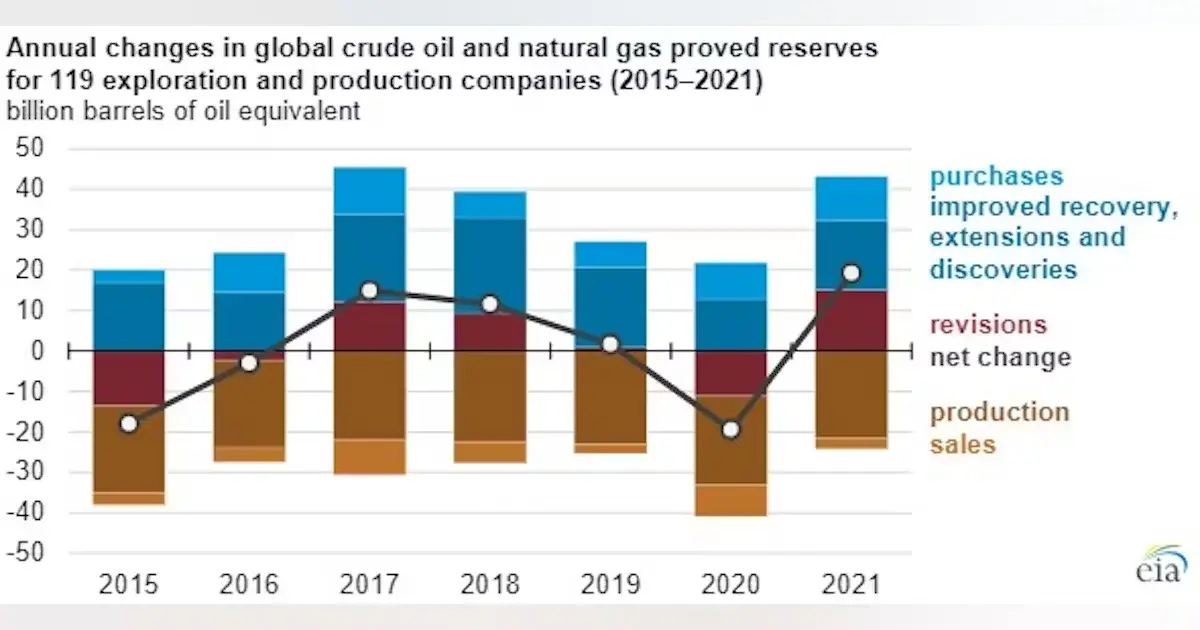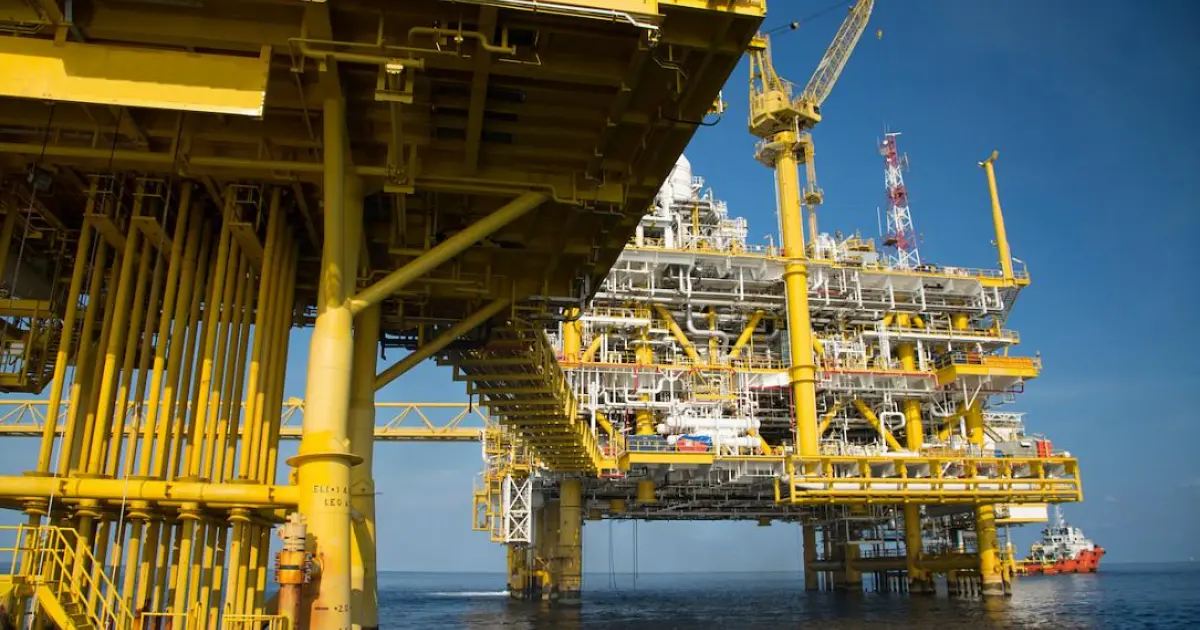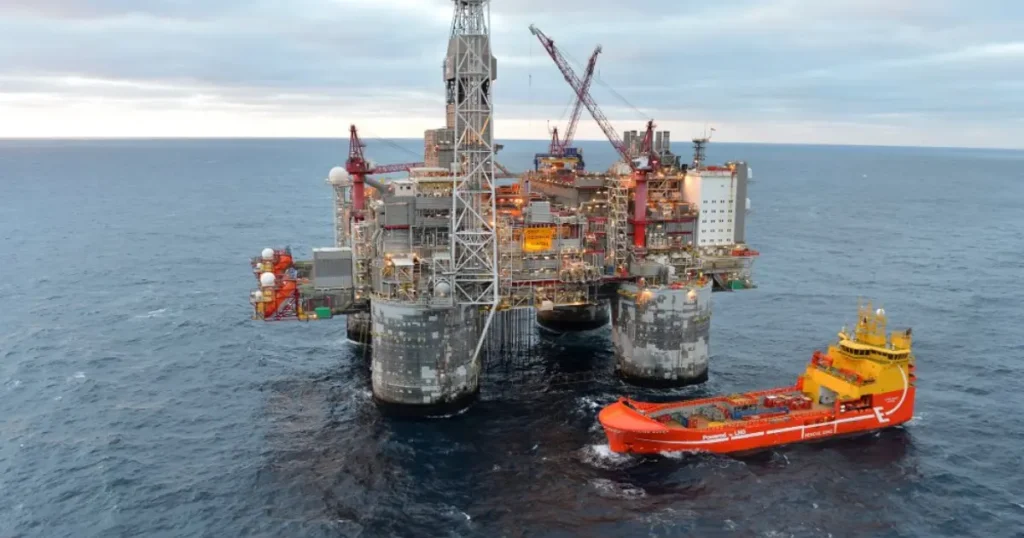Deep offshore technology is the interaction between renewable energy sources and new technology. It is fast becoming an area worth research nowadays.
The attachment of this article will examine the advancement trend, its significance and potential evolution.
This will make it interesting to everyone involved for example, those in marine engineering, investors and analysts interested in such renewable energies and technologies. This topic is entitled, ‘Introduction to Deep Offshore Technology’.
What is deep offshore technology? Do you know about it ?
Deep offshore technology or in simple terms deep-water drilling technology is a field where one attempts to discover and exploit the resources which lay on the seabed at depths of range 500 – several thousand meters.
This technology relates to the democratization of energy resources by developing methods for the exploration and utilization of oil, gas and mineral wealth found on the sea bed.
Deep offshore technology and its universal endurance
The historical background for deep offshore technology is one of achievements and innovation.
Simple devices to complex systems which are the technology of today. Its growth bears witness to the never-say-die spirit of man.
The benefits of deep offshore technology Invention of new fields
With the aid of deep water offshore capability, oil and gas corporations are able to reach hydrocarbon resources that were previously inaccessible due to a number of factors.
Most of these deposits are located in the dry land beyond the shores.
Floating drilling rigs, for example, have made it possible to invest in these resources several miles underwater. This provides further opportunities for the industry to explore and exploit resources.
Increased reserves
The oil and gas deposits that lie beneath the deep sea usually have a significant quantity than the deposits that are on the shallow sea.
This means that the deep offshore’s technology places more resources in the oil and gas companies.
This enhances the longevity of the life span of such deposits and promotes the availability of hydrocarbons on a steady basis.
On top of that, it enhances the supply to the regions where petroleum resources are scarce but avoids the regions where extraction activities have already taken place.
Minimization of ecological hazards
Reduction of risk from pollution is another benefit of deep water technology over conventional methods of drilling in shallow waters.
Deep water operations are also most likely further away from the populated coasts which lowers their impact on the environment in case of an emergency.
Moreover, new technologies applied in offshore deep water drilling enhance leakage and spillage control.
Advanced explosive counters and pressure controlling devices make it possible to mitigate accidents thereby increasing safety.
Innovations in deep offshore technology
Deep water offshore capability is an ever expanding field with new comprehensive research undertaken to improve the existing skills of underwater operations.
These advancements in technology are also applicable in other areas like ocean turns exploration as well as keeping track of the ocean ecosystem.
Energy Generation
The deep-sea drilling of oil and gas is critical for power generation, heating and transportation purposes.
Economic Influence
It enhances the economy through employment, income generation, and provision of services to the sector.
Resource Accessibility
It assists in satisfying the energy demands of the world, particularly as land-based sources begin to dwindle.
FAQ’s
What is the Deep Offshore Technology (DOT) all about?
Deep Offshore Technology is the use of the latest engineering and technology to the greatest extent.
It is employed for looking, recovering, and processing resources very much underwater in the abyss of the ocean.
How did the technology that is used for deep-offshore fishing change in the past few years?
The technology of deep-water offshore activities has undergone and continues to make huge jumps in development almost from its inception, and the equipment has transformed from crude tools to advanced machines that feature autonomous underwater vehicles (AUVs), robotics and now incorporated with artificial intelligence (AI) systems.
What are the factors of deep offshore technology?
The main constituents that render deep ocean engineering infrastructure include seabed remote vehicle systems enhanced radially with pipes ROVs and drilling and production systems and also in line with transportation systems.
Could you tell us whether there are any negative consequences for the environment resulting from oil drilling far off the ashore borders of a country
Environmental risks include negative impacts on marine environments, such as the possibility of oil spills occurring.
Some measures need to be improved or new ones developed to protect these environments.
How are ROVs considered in the process of innovative technologies for ocean floor exploration?
ROVs or remotely operated vehicles are the basic elements in deep ocean drilling development exploration.
They aid in underwater exploration maintenance which enhances data collection hence making deep ocean drilling effective and safe.
Conclusion
In the present time the advanced deep offshore technology is being developed therefore making it possible to extract the resources lying at the deeper portions of the ocean.
Blends technology with harnessed skills such as underwater welding, excavation and industrial practices involving the use of diving apparatus as well as the advanced offshore technology and their systems.
We are committed to technology and guarantee that its applications will serve the demands of the offshore sector but will also ensure that the ocean resources are utilized sustainably. For additional information or for assistance, please contact us immediately.
you can also read this post:
The Georgia Institute of Technology Fly-In Experience

